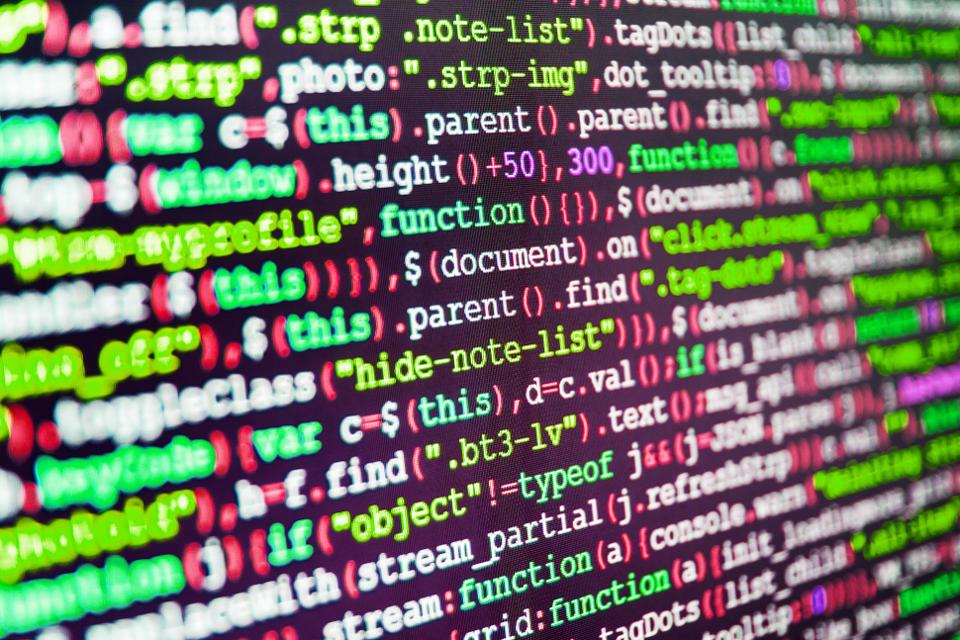Source – forbes.com
We deal with a lot of data every day, but the way we deal with it is changing rapidly. Increasingly, machine learning (ML) and artificial intelligence (AI) are cropping up as solutions for handling data. The two are often used interchangeably, and although there are some parallels, they’re not the same thing.
The difference between ML and AI is the difference between a still picture and a video: One is static; the other’s on the move. To get something out of machine learning, you need to know how to code or know someone who does. With artificial intelligence, you get something that takes an idea or a desire and runs with it, curiously seeking out new input and understandings. Artificial Intelligence isn’t necessarily the human-equivalent intelligence that Hollywood likes to portray, but it does exhibit something that’s arguably human: inquisitiveness. As a result, it affords flexibility, less brittleness and increased breadth of use. Let’s explore how the differences between the two play out and what that means for solving tough problems.
ML Vs. AI Is A Matter Of Aptitude
Machine learning is a step up from coding. In the words of Bill Kish of Cogniac, you’re “programming with data,” such as images and video, not code. Essentially, it’s about building models. You select a training set, choose what reflects a positive or a negative for that set, then select a type of model to use. The size and quality of your sets, along with the model type, will depend on what you’re working with and will influence the outcome you get.
Machine learning isn’t as simple as “if you build it, it will learn.” You need to make sure you’re giving it the right input and that you’re applying the right model. Your data is your cake mix, and your model is your method. Get it right, and you can have your cake and eat it, too. Get it wrong, and you’ll have to start over.
That’s because machine learning doesn’t really do feedback mechanisms. Machine learning is great for making predictions based on data: This thing is probably a cat, this customer will probably churn, it will probably rain tomorrow. But if it gets these things wrong, it won’t suddenly learn why — or figure out what the correct answer is. This will have to wait until you feed it new data or rework your model at rebuild time. Machine learning is the student who waits until their end-of-term report card to see how they’re doing.
There Is No Failure: Only Feedback
Artificial Intelligence, on the other hand, is all about feedback. AI models don’t need to be rebuilt: they rebuild themselves. They actively seek out new and better sources of data. They interact with the world, adapt to change and pursue additional input. They take ownership over their own learning. Where machine learning is reactive, artificial learning is proactive.
Obviously, artificial intelligence owes plenty to machine learning. It uses machine learning, after all. A key difference is that it’s much more proactive, interactive and “alive” in what it does. It’ll let you know when it’s solved something so you can give it something else to work on.
We’re All Specialists At Something
AI may be the star pupil, but that’s not to say that ML is not without its place. Sometimes you just want a simple model that does one very simple thing very well — like tell you that the color you’re looking at is Sherman Williams’ “Seafoam” or that the word “elephant” is a noun. If you have a specific need and the data you’re working with is static, then there’s no need to throw an inquisitive AI mind at it.
On the other hand, if you’re in an arena that’s always changing, you need something that can adapt. AI isn’t just a model or a bunch of models: It’s actually handling the problem solving itself. You can give it a problem, and it will build the models needed to fix it — and make sure that the models are working together the way they should be. It both interacts with the outside world and constantly pulls in new data to get the results it needs.
The Problem Is The Problem
There’s a clear difference between ML and AI. But on a practical level, how do you know which is for you? Here’s the thing: It’s not about picking one or the other. It’s not about choosing the one with the cool name or buying into a hype cycle. It’s about knowing and defining the problem you’re trying to solve. Knowledge is all about predictions based on patterns of data. So what are you trying to predict? What are you trying to analyze?
For simple pattern-recognition problems, machine learningcan be the solution. But for anything more complex, it’s just a piece of the solution. ML can identify a pattern, but it won’t be able to fully validate, critique and generalize the reality of that pattern. It won’t recognize bias or gaps in your data. And it won’t be able to fully dig into the causes of a problem. For that, you’ll need the inquisitive minds of data scientists — and AI.
